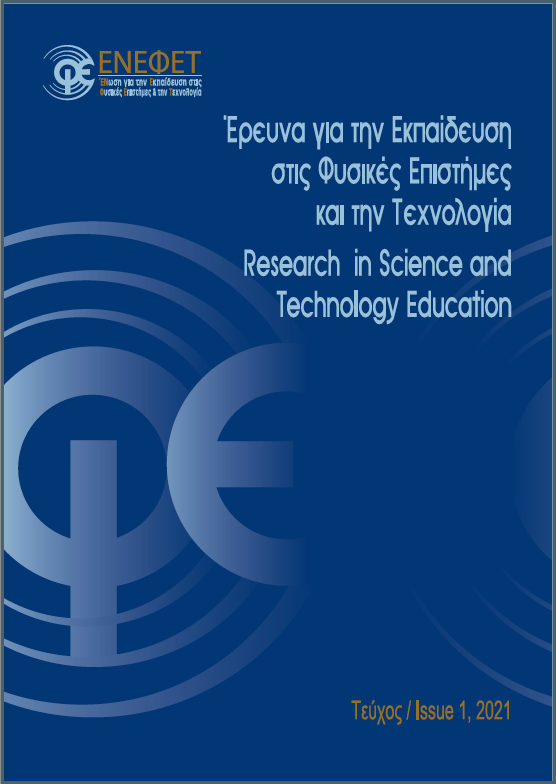Διδακτική Φυσικών Επιστημών και Ψηφιακές Τεχνολογίες: Όψεις και Μετασχηματισμοί

Περίληψη
Στην παρούσα εργασία, υποστηρίζουμε ότι η παιδαγωγική αξιοποίηση και ένταξη των ψηφιακών τεχνολογιών μπορεί να συντελέσει, σε κατάλληλες συνθήκες, στη βελτίωση ακόμα και στον δραστικό μετασχηματισμό της εκπαίδευσης στις Φυσικές Επιστήμες. Για τον σκοπό αυτό, εξετάζουμε τις παροχές και την αξιοποίηση των ψηφιακών τεχνολογιών, σε συνάρτηση με τις σύγχρονες έρευνες, τις διδακτικές προσεγγίσεις και τις θεωρίες στην περιοχή της Διδακτικής των Φυσικών Επιστημών. Αναλύεται και συζητείται η δημιουργική χρήση τους στη διδασκαλία και μάθηση των επιστημονικών εννοιών, των μεθόδων και της φύσης της επιστήμης. Η ένταξη των ψηφιακών τεχνολογιών έχει τη δυνατότητα υποστήριξης διδακτικών μετασχηματισμών του γνωστικού αντικειμένου, εργαστηριακής εργασίας και στρατηγικών μοντελοποίησης. Οι Διδακτικές Μαθησιακές Ακολουθίες είναι ένα κατάλληλο πλαίσιο έρευνας και ανάπτυξης, για την αξιοποίηση των ψηφιακών τεχνολογιών συνδυασμό με τη Διδακτική των Φυσικών Επιστημών.
Λεπτομέρειες άρθρου
- Πώς να δημιουργήσετε Αναφορές
-
Ψύλλος Δ. (2021). Διδακτική Φυσικών Επιστημών και Ψηφιακές Τεχνολογίες: Όψεις και Μετασχηματισμοί. Έρευνα για την Εκπαίδευση στις Φυσικές Επιστήμες και την Τεχνολογία, 1(1), 191–212. https://doi.org/10.12681/riste.27276
- Ενότητα
- Άρθρο Ερευνητικό
Οι συγγραφείς διατηρούν τα πνευματικά δικαιώματα και παρέχουν στο περιοδικό το δικαίωμα της πρώτης δημοσίευσης μαζί με την αδειοδότηση της εργασίας με CC-BY-NC-SA, που επιτρέπει σε άλλους να μοιράζονται αυτή την εργασία με αναγνώριση του συγγραφικού δικαιώματος και την αρχική δημοσίευση σε αυτό το περιοδικό.


